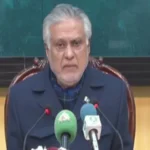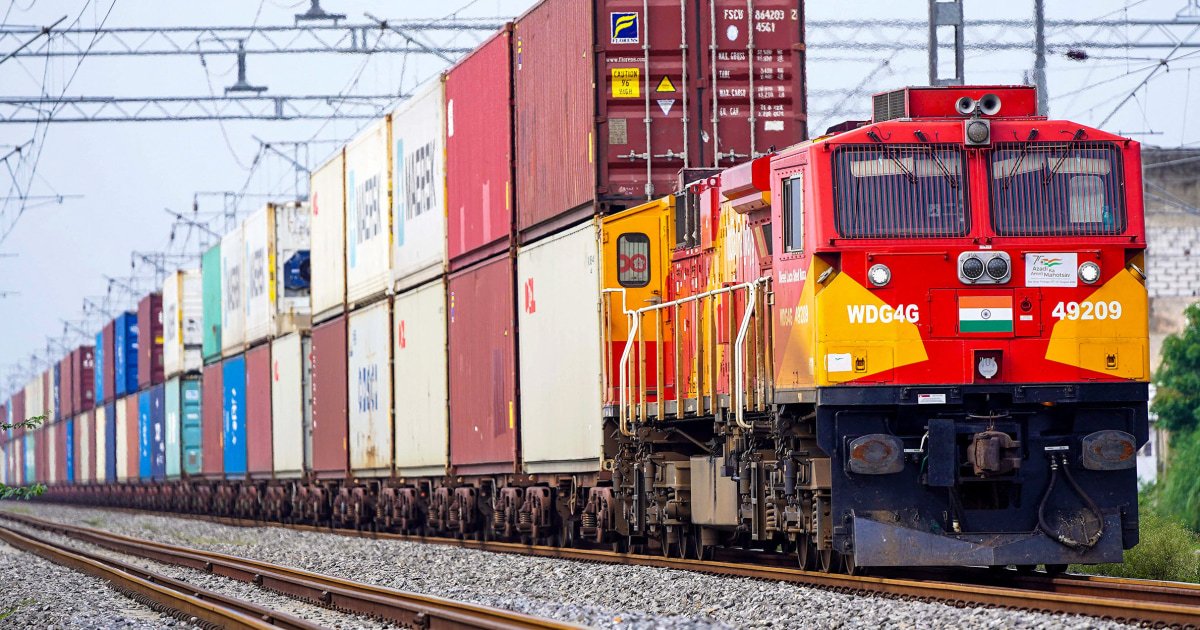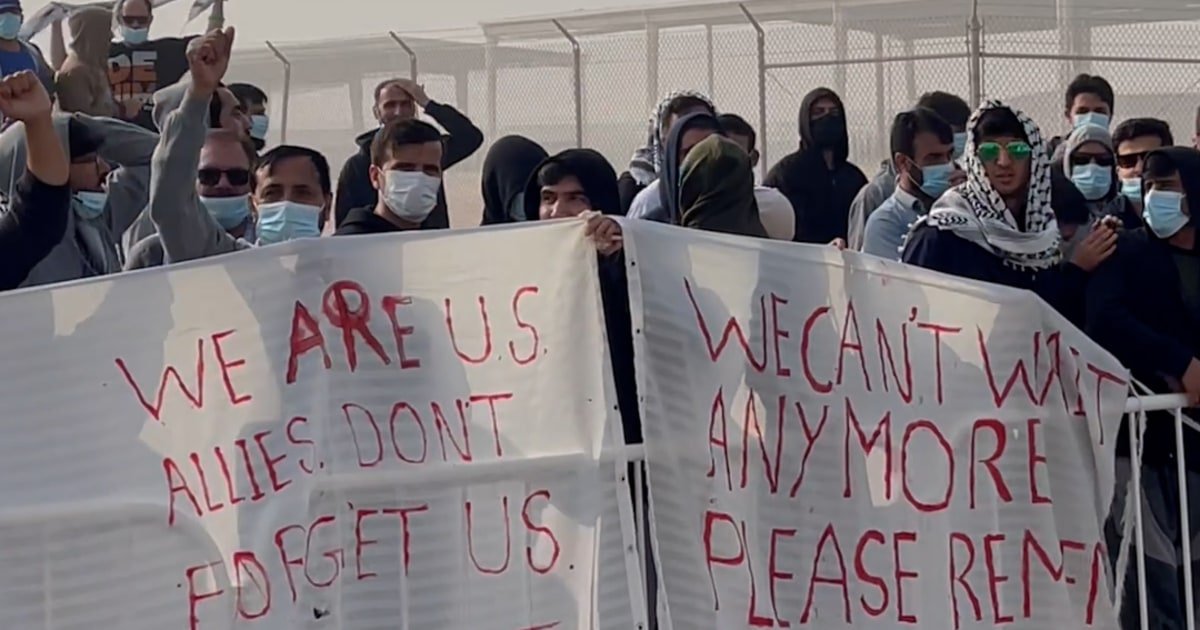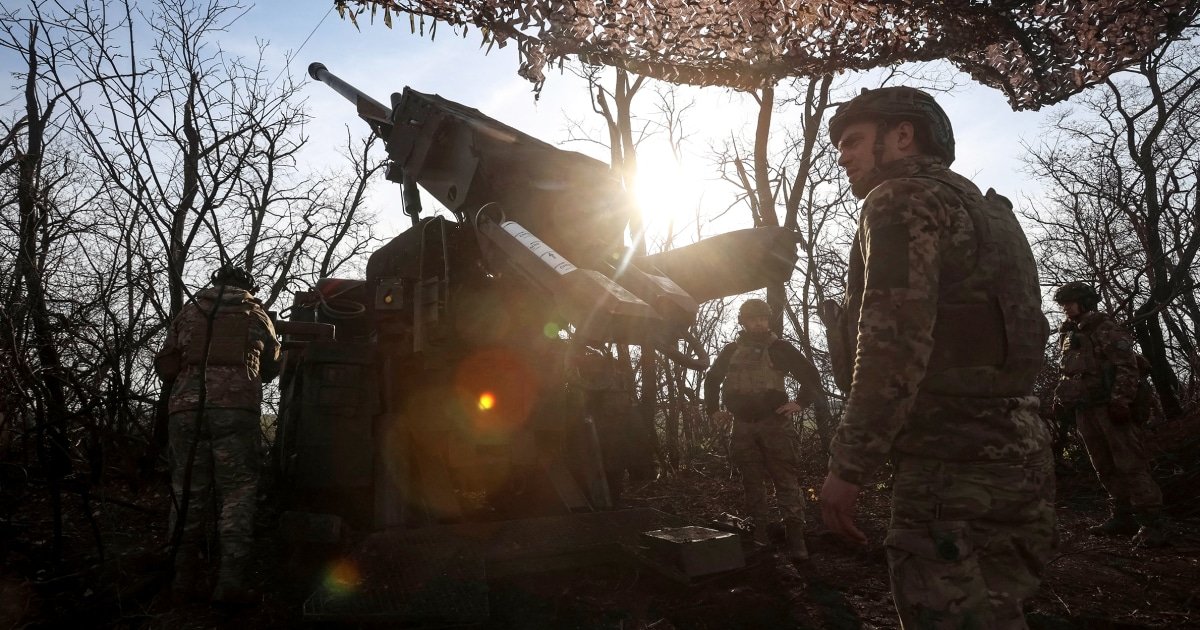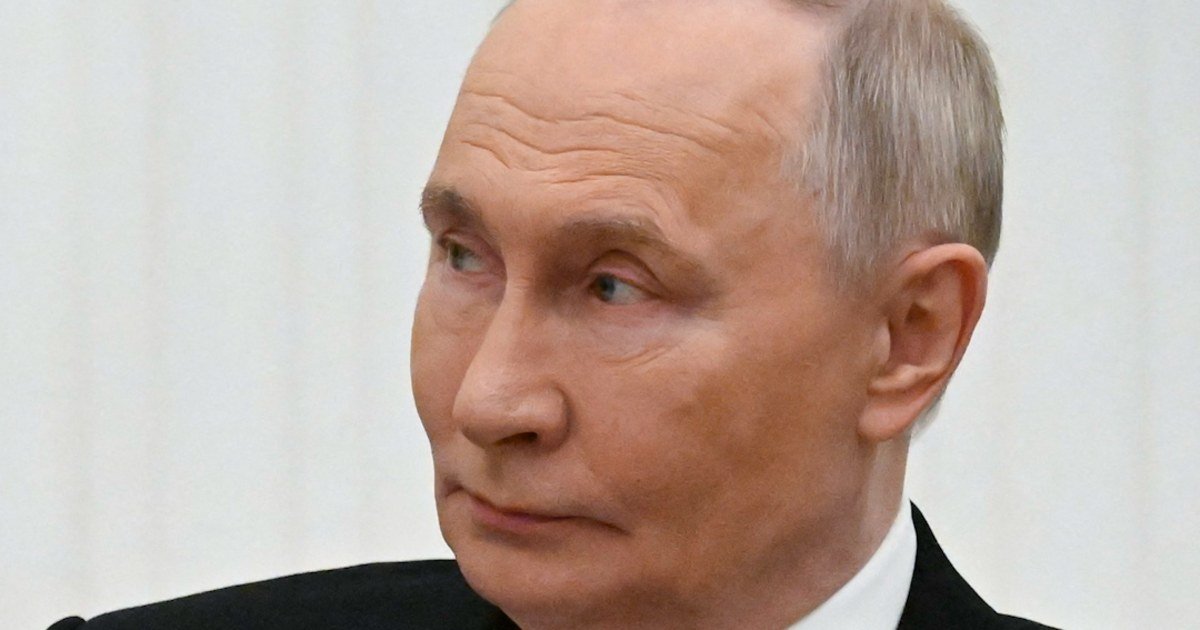The promised rates of 50% of President Donald Trump in India entered into force on Wednesday, since the United States runs the risk of making a relationship considered crucial in their effort to counteract China’s rise.
Trump began the rate rate with 25%, but doubled it earlier this month as punishment for India that bought Russian oil. India now has one of the many rates imposed during the current World Trade War.
Tariffs are an import tax and the importing company pay in the United States, with the additional cost that is often transferred to consumers. The goods imported from India in 2024 were worth $ 87.3 billion, an increase of 4.5% the previous year, according to the figures of the United States government.
The reversal was an explosion of the favorable position that India seemed to enjoy at the beginning of the second Trump administration due to the expanding economic relationship of the United States and Trump’s personal relationship with Prime Minister Narendra Modi.
On Sunday, Vice President JD Vance, whose wife is the daughter of Indian immigrants, told “Meet The Press” of NBC on Sunday that the United States had applied “aggressive economic leverage” in India to “try to make it difficult for Russians to enrich their oil economy.”
Despite the opposition of India, the United States followed its threat, which could be a strong blow to half of India’s exports and force merchants affected to diversify other markets, such as Latin America and the Middle East.
Meanwhile, the United States is the largest commercial partner in India.
The 50% tax runs the risk of decades of ties heating between the United States and India. Stock markets in India remained closed on Wednesday due to a holiday.
Modi has promised to defend farmers and small businesses in the country.
“For me, the interests of farmers, small businesses and dairy products are the most important. My government will ensure that it is not affected,” Modi said in a demonstration this week in his native state of Gujarat.
India and the United States have not yet reached a bilateral commercial agreement, even after holding five rounds of negotiations. This is mainly due to the fact that India is not willing to open these sectors to cheaper American imports, since it could threaten the sustenance of millions of Indians. The Indian leader is also under immense domestic pressure so as not to yield the unilateral demands of the United States.
Trump also seems inflexible in his demand for India to stop buying Russian oil when he changed his focus in recent days to Broker Peace in Ukraine.
Ironically, the continuous purchase of Russian oil from India is reported for previous requests from the United States to maintain the price of low oil amid sanctions led by the West to Russia.
“They bought Russian oil because we wanted someone to buy Russian oil,” said Eric Garcetti, ambassador of the United States in India under President Joe Biden, at a conference last year. “It was actually the design of politics, because as a product we did not want oil prices to rise.”



